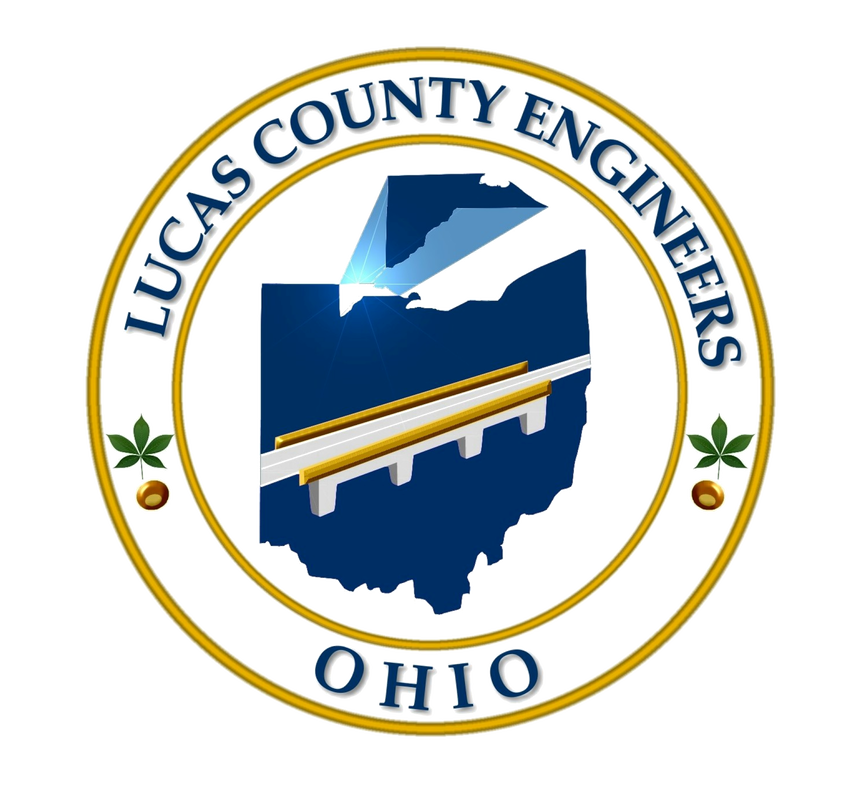LCEO opening first water quality lab, aims to help reduce algal blooms
(LUCAS COUNTY, Ohio) – The Lucas County Engineer’s Office’s stormwater department is poised and excited to announce the creation of its first complete water quality lab this winter. This comes after its project study plan was approved by the Ohio EPA’s Surface Water Credible Data Program for level 2 chemical water quality assessment. The state program classifies surface water monitoring performed by watershed groups, state agencies, schools, local volunteers, and other organizations, who gather the data to help improve water quality.
Pollutants that will be tested at LCEO’s new lab include phosphorus (both total and ortho), nitrate, E. coli, and phycocyanin, with the majority of the pollutants listed as total maximum daily load (TMDL) pollutants - maximum amount of a pollutant that a waterbody can accept and still meet the state's water quality standards for public health and healthy ecosystems - for the waterways in unincorporated Lucas County.
“The goal of the lab is to provide accurate and reliable data, showcasing our local water quality,” Lucas County Stormwater Coordinator Matthew McFadden said. “With this key information, our elected officials will be able to make informed decisions on future water quality issues and provide residents with up to date information on their local ditches and creeks.”
Nutrient and phycocyanin testing is aimed directly at collecting baseline values for the constituents that fuel harmful algal blooms (HABs) every year. All data collected as part of the County's project study plan will be provided to Ohio EPA for the Credible Data Program.
Lucas County Engineer Mike Pniewski believes this is another tangible step in determining the main pollutants in our waterways and ways to reduce or eliminate them.
“This will enable our office to better respond and determine potential sources of pollution and illicit discharges,” he said. “Water quality in Lake Erie starts in our local streams and storm drains.”
Pollutants that will be tested at LCEO’s new lab include phosphorus (both total and ortho), nitrate, E. coli, and phycocyanin, with the majority of the pollutants listed as total maximum daily load (TMDL) pollutants - maximum amount of a pollutant that a waterbody can accept and still meet the state's water quality standards for public health and healthy ecosystems - for the waterways in unincorporated Lucas County.
“The goal of the lab is to provide accurate and reliable data, showcasing our local water quality,” Lucas County Stormwater Coordinator Matthew McFadden said. “With this key information, our elected officials will be able to make informed decisions on future water quality issues and provide residents with up to date information on their local ditches and creeks.”
Nutrient and phycocyanin testing is aimed directly at collecting baseline values for the constituents that fuel harmful algal blooms (HABs) every year. All data collected as part of the County's project study plan will be provided to Ohio EPA for the Credible Data Program.
Lucas County Engineer Mike Pniewski believes this is another tangible step in determining the main pollutants in our waterways and ways to reduce or eliminate them.
“This will enable our office to better respond and determine potential sources of pollution and illicit discharges,” he said. “Water quality in Lake Erie starts in our local streams and storm drains.”


